Hiking is an exciting activity that works your mind and body in amazing ways. Many of us hike not only to view the beauty of the peak but for its many health benefits as well! It helps build muscles and burn calories for weight loss or maintenance.
But what muscles does hiking work, exactly? Read on as I show you the different muscles hiking works with, and how exactly it benefits us.
Contents
What Muscles Does Hiking Work On?
When we think of hiking, we think that we only work on our lower body. However, on high-intensity hikes, we use our entire body, though focusing more on our middle and lower body parts. We work on a lot of muscles during hiking, and you can tone those muscles!
These are the six major muscles we work on during hikes:
1. Quadriceps
The quadriceps are the primmer muscles you work on hiking trips. These muscles are located in the front of your thighs, a large muscle group that’s constantly engaged as you hike.
It works to help put you in forwarding motion, especially as you ascend. The quadriceps also straighten and/or extend your knees as you walk on trails.
2. Hamstrings
The hamstrings are located in the rear upper thigh, which works together with your quads. It helps straighten, bend, and/or flex your knees and similar to your quads, they stay constantly engaged as you hike.
Hamstrings help in pulling one’s quads back as the body creates forward motion. Note that hiking is very strenuous on your hamstrings compared to various physical exercises and activities, like running.
3. Calves
The hamstrings are located in the rear upper thigh, which works together with your quads. It helps bend and/or flex your knees.
Hamstrings help in pulling one’s quads back as the body creates forward motion. Note that hiking is very strenuous on your hamstrings compared to various physical exercises and activities, like running.
4. Glutes
Your glutes are a series of muscles that support your torso as it remains engaged in different physical exercises and activities.
On hiking trips, your elites are necessary for supporting both your bodyweight and backpack load. Like your calves, the glutes will have a more intense workout as you hike uphill compared to hiking on flat terrain. You can strengthen your glutes by doing squats, which improve your rear region, specifically.
5. Hip Muscles
Hip muscles are vital when you hike, thus it needs to stay flexible and limber so it can perform various activities properly. The hip muscles include the hip flexors, abductors, and adductors, all of which are responsible to extend the body’s thigh at your hip.
These hip muscles on hiking trips will support your lower back and glutes, minimizing any issues with pain and strain. It also improves the body’s shock absorption as you take heavy or intense steps to the rocky terrain.
6. Abdominal Muscles
When you have strong abdominal muscles, it will improve the support and strength around your core. Also known as abs, these muscles when hiking are important to keep an upright posture while supporting extra weight on your back. This can help lessen any back pain and prevent injuries around the area from the excess weight and pressure put on it.
You need to build your ab strength to lessen issues with the back, especially when you’re going out on a long and major hike!
Read More: Can I Wear Trail Running Shoes For Hiking – Stay Safe & Comfortable
Building Muscles While Hiking
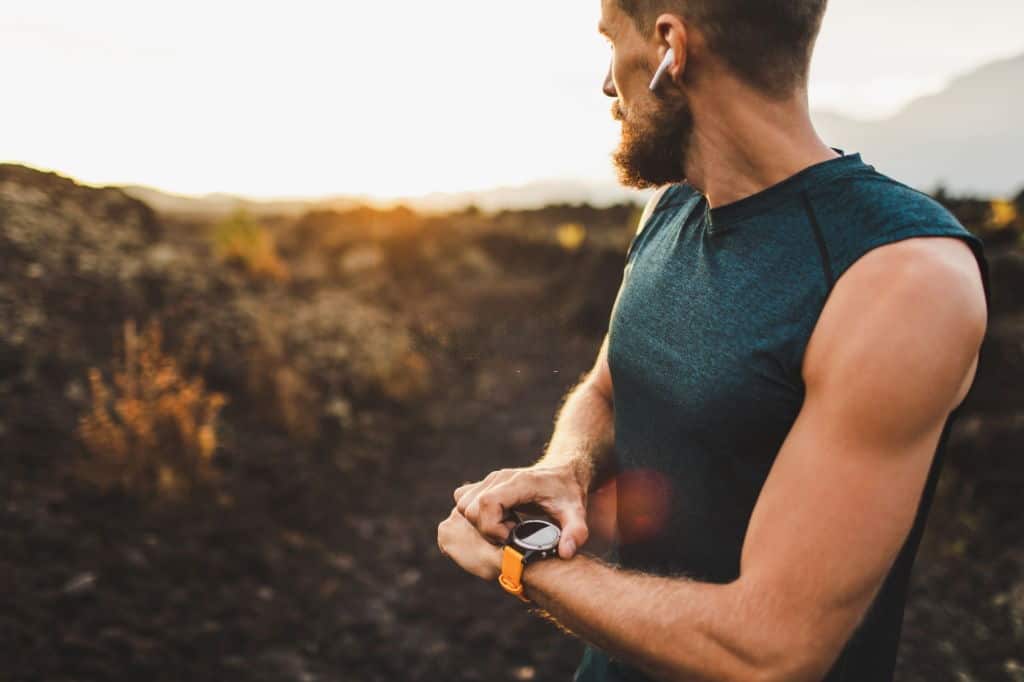
Hiking isn’t the best way to build muscles, but it tones your body. It reduces the appearance of any body fat by tightening your muscles, giving it more shape.
If you do want to increase your muscle mass, you’ll need to do intense weightlifting and bulk on your diet. Hiking, a cardio exercise, is a perfect way to burning fat to help have your muscles become more visible.
With that said, there is a way to increase your muscle growth on hikes. You can do so by going on challenging trails with heavier gear, preferable trails with many changes in altitude, and going uphill. Besides this, you also have to consume more protein to repair your damaged muscle tissues.
To work on your upper body more, you can use trekking poles to increase the use of your upper body muscles. They also help you with balance, helpful for those who need extra support or have bad knees. It can also have you burn more calories while making it feel better around your joints!
But do manage your expectations when you plan to build muscle when hiking.
You build muscle when doing a physical activity that creates micro-tears in muscle tissue, damaging muscle fibers. Protein repairs these damaged muscle fibers, which will then become thicker.
Hiking is intense enough to create micro-tears, but there are various that come to play, such as your backpack weight, the trail, and even your pace. So you will need to continue amping up your hikes by changing up your trail, the weight of your pack, and your pace.
However, the results are limited and aren’t as significant compared to heavier weightlifting. It is best regarded as a cardio exercise that helps burn more fat and calories.
If you still want to learn more about the health benefits of hiking, check out this cool video:
Wrapping It Up
Hiking is a powerful form of cardio that provides a ton of health benefits for your body. Beyond endurance and stamina, it can also strengthen and tone your muscles! As long as you take proper precautions, you won’t have to worry about injuring yourself from minor and major hikes.
I hope this article answered your question, “what muscles does hiking work on?” Now that you know the answer, begin caring more for your muscles for your next big hike!
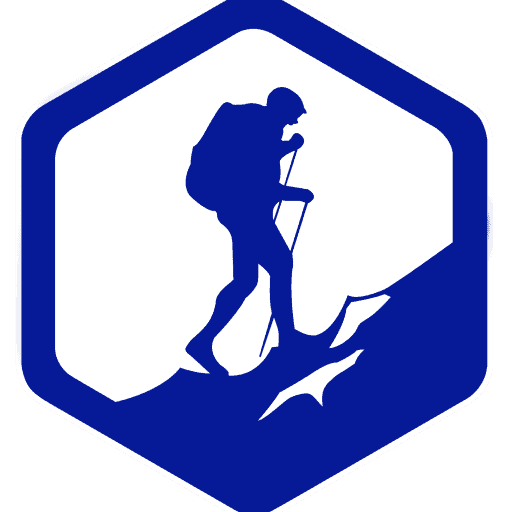
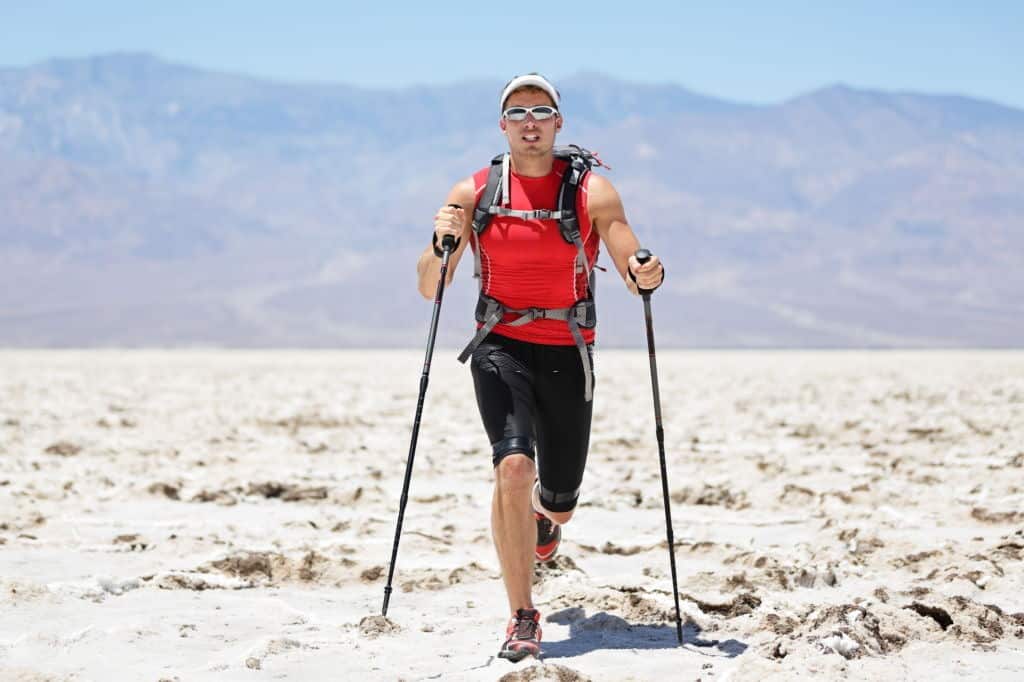
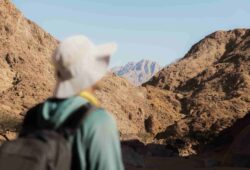

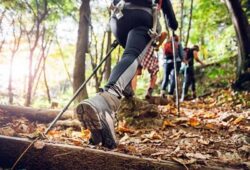
Under calves (#3.), you have the same information as for the hamstrings. Good article!
You are welcome, Rooni ^^